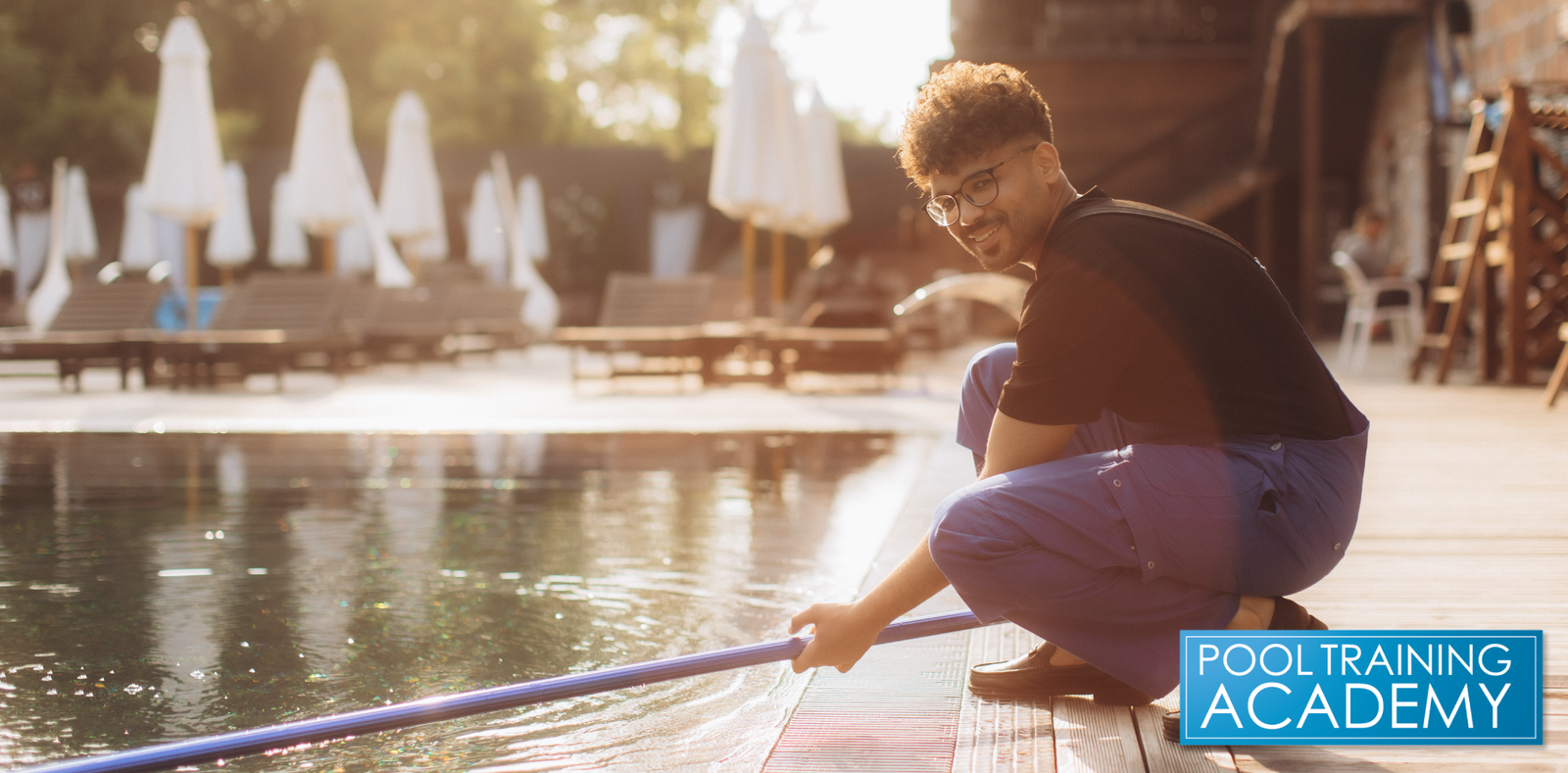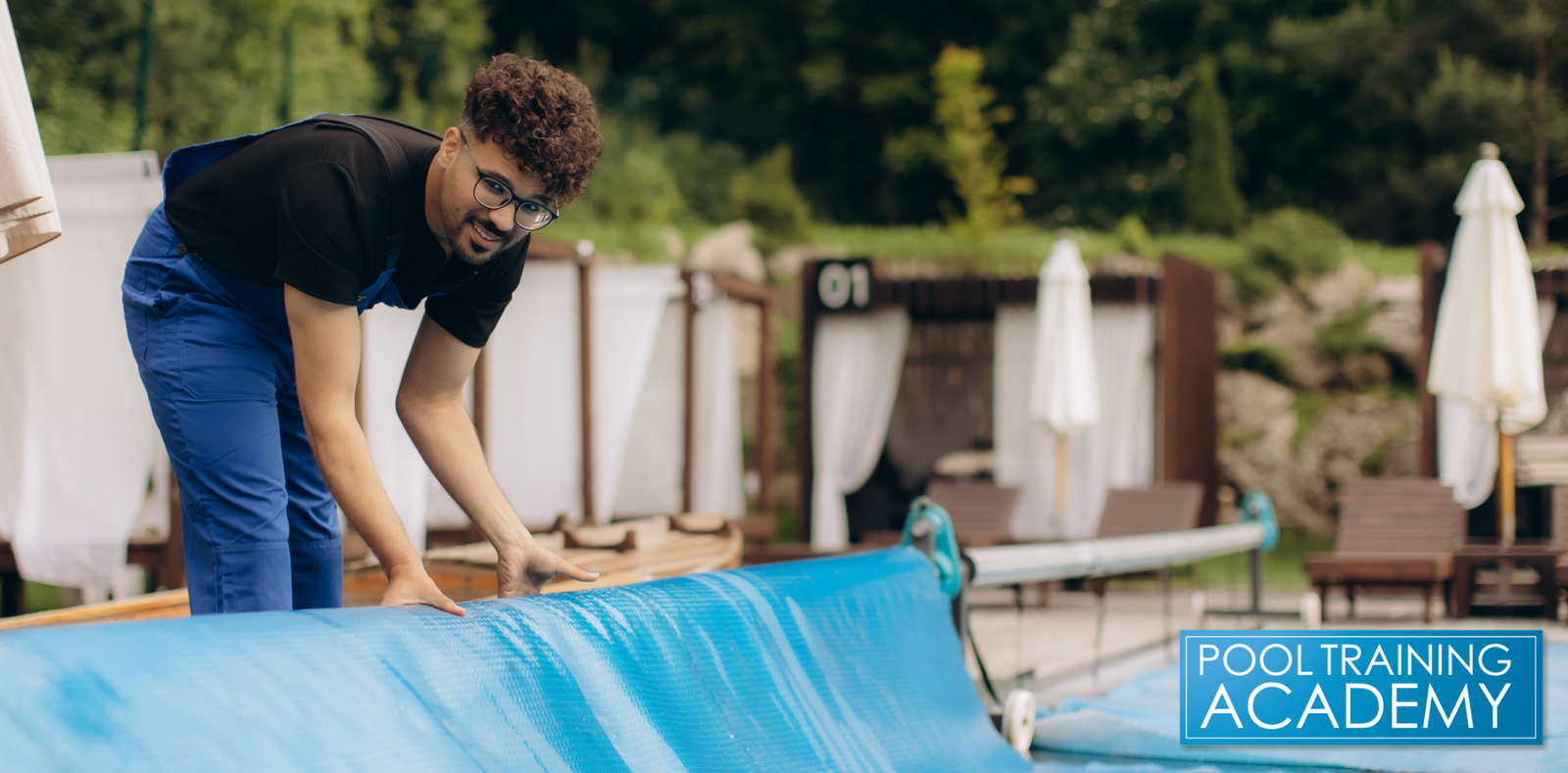
How Many Gallons Of Water In A Pool: A Guide For Your Swimming Pool Or Spa
Knowing how many gallons of water you have in your pool and spa is one of the foundational pieces of the puzzle in running your aquatic facility or backyard pool in a safe and healthy way. Even though knowing your pool and spa volumes is crucial, it is truly an often overlooked component of operating your pool. Knowing pool and spa volume is crucial for the following reasons:
-
Accurate Chemical Adjustments
-
Bather Load
-
Circulation Needs
-
Ensuring proper doses of chemicals for safe water chemistry.
Introduction to Pool Volume
Understanding the volume of your swimming pool is the first step toward maintaining a safe and enjoyable swimming environment. Whether you have an above ground pool or an in-ground pool, knowing your pool volume helps you determine how many gallons of water your pool holds, which is essential for adding the right amount of chemicals and keeping your water balanced. While a pool volume calculator can make this process easier, it’s important to grasp the basics of pool volume calculation.
Swimming Pool Volume Formula:
Length x width x Avg. Depth x 7.5 = Volume
To calculate the volume of a pool, you start by finding the surface area. For a rectangular pool, simply multiply the length by the width. The next step is to determine the average depth, which you can find by adding the depth at the shallow end and the deep end, then dividing by two. This average depth accounts for any slope in the pool floor. Once you have the surface area and average depth, multiply them together to get the volume in cubic feet. Finally, use a multiplier to convert this number into gallons of water, since one cubic foot holds about 7.5 gallons.
Understanding your pool’s volume is crucial for all types of pools, including above ground pools and in-ground pools, because it directly affects how much water you’re treating and how much of each chemical you need to add. By mastering this basic volume calculation, you’ll be better equipped to keep your pool water clean, clear, and safe for everyone.
Uniqueness In Pool Types and Sizes
It's important to note that swimming pools come in a variety of shapes and sizes, each with its own unique characteristics that influence how you calculate pool volume. The most common pool shapes include rectangular pools, round pools, circular pools, and square pools. Above ground pools are especially popular in round, oval, and rectangular designs, while in-ground pools can be found in almost any shape or size.
When determining your pool’s volume, it’s important to know the exact size and shape of your pool. For example, round pools require you to measure the surface area through a circular surface area calculation (radius x radius x 3.14), while rectangular and square pools use length and width. Common pool sizes for above ground pools include 8 feet, 12 feet, 16 feet, and 20 feet in diameter or length, but pools can be custom-sized as well. In-ground pools often follow similar sizing, but may also feature unique shapes or custom dimensions.
Each pool shape requires a slightly different formula to calculate volume, so knowing your pool’s type and size is essential for accurate results. By understanding the dimensions of your pool and using the correct formulas, you can confidently figure out how much water your pool holds and ensure you’re using the right amount of chemicals to keep your pool water safe and sparkling.
How do I add chemicals to my pool correctly?
Without knowing exactly how many gallons of water are in a pool or spa, it is impossible to properly add chemicals or make crucial adjustments. All chemical manufacturers ship their chemicals with dosage instructions, or those instructions are printed on the chemical’s label. These dosage instructions will call for a certain amount of their product per 10,000 (or at times 7,500 or 5,000) gallons. If you don’t know how many gallons are in the pool or spa, it is a guessing game as to how much chemical to actually add at that point!
This lack of precision oftentimes leads to overdosing or under-dosing, neither of which are safe or recommended. Overdosing can mean harmful reactions amongst swimmers and damaged equipment that will need to be replaced more often than necessary. Under-dosing means the potential transmission and spread of harmful pathogens to swimmers and could also result in equipment failure.
We want to prevent any of these scenarios from occurring in our pools or spas, and calculating the volume correctly is the first step in preventing issues. The equation used for rectangular pools is:
Length x Width x Average Depth x 7.5
The equation used for circular spas is:
Radius x Radius x 3.14 x depth x 7.5
First, multiply the dimensions to get the volume in cubic feet. The final cubic foot measurement is then multiplied by 7.5 (the number of gallons per cubic foot) to determine the total gallons of water your pool or spa can hold.
It is also crucial for you to remember that spas have two areas, the seating area and the footwell area, so each area needs to be measured independently. Those two volumes are added together to determine the total gallons of water in your spa.
How many people are allowed in my pool or spa?
Our pools and spas are resilient in spite of the beating they can take from swimmers. But over time our pools begin to show fatigue through cloudy water, early algae growth, and other unsightly issues. It is crucial to understand how many swimmers your pool or spa can handle before it starts to show signs of fatigue. Knowing your pool volume tells you the maximum safe bather load, helping you prevent issues before they arise. As an operator it is important to remember that 1 swimming will neutralize the disinfectant in roughly 600 gallons of water. Equipped with this knowledge, we can use the result of our volume calculation to determine how many swimmers our pool or spa can handle safely. The bather load formula is as follows:
Pool Volume ÷ 600 = Bather Load
For example: if I have a 68,000 gallon pool I can take that number divided by 600 to determine my bather load.
68,000 ÷ 600 =113
That means I can get 113 people through my pool in a 6-hour (1 turnover for a commercial pool) time period before my pool is going to start looking cloudy and overwhelmed.
NOTE: Bather load is different than capacity. Capacity is generally determined by your local fire department
Pool Measurement and Safety
Accurate measurement is the foundation of proper pool volume calculation. To get the most precise results, always measure your pool in feet, and use the correct dimensions for your pool’s shape.
It’s best to take these measurements from the inside of the pool, as this reflects the true water-holding area. Pay close attention to any slopes or unique dimensions, as these can affect the average depth and, ultimately, the total pool volume.
Safety is also a key consideration during measurement. Make sure the pool area is secure and free from hazards while you work. Using a pool volume calculator can help simplify the math, but the accuracy of your results depends on the quality of your measurements.By taking the time to measure carefully, you’ll ensure your pool volume calculations are correct, helping you maintain proper water chemistry and a safe swimming environment.
Conclusion
Calculating your pool volume is a vital part of responsible pool ownership. By understanding the basics of pool volume calculation and using the right formulas, you can accurately determine how much water your pool holds and maintain the perfect balance of chemicals for safe swimming. There are many resources available to help nowadays, including pool volume calculators integrated into chemical documentation apps and other professional pool services.
If you’re ever unsure about how to measure your pool or calculate its volume, don’t hesitate to consult a pool professional. Always follow safety guidelines when measuring and handling pool chemicals. With the right information and tools, you can confidently manage your pool’s water chemistry and provide a healthy, enjoyable swimming experience for everyone. Remember, accurate pool volume calculation is the key to a sparkling, safe pool all season long!
How do I become a CPO (Certified Pool Operator)?
As we have just seen in this piece, operating a pool and spa can be very challenging and complicated. That is why Pool Training Academy offers Certified Pool Operator (CPO) Courses that cover the topic of volume and so much more. Our multi-award winning instructors have taken their decades of hands-on pool and spa experience and combined it with the high-quality instructional materials and research from the Pool and Hot Tube Alliance (Formerly the NSPF-National Swimming Pool Foundation) to provide hands-down the best Certified Pool Operator experience around. Our online courses are a flexible and valuable way for you to get CPO Certified. Whether you are from the front range of Denver, Colorado or Kansas City, Missouri; Missoula, Montana or Albuquerque, New Mexico or somewhere else in the US, our CPO Certification courses can help prepare you for any swimming pool problem that may come your way. Click here to find a course near you and become a pool and spa expert with Pool Training Academy's Certified Pool Operator Courses.




Leave a comment (all fields required)